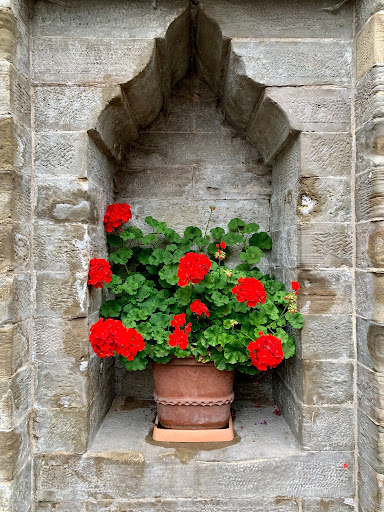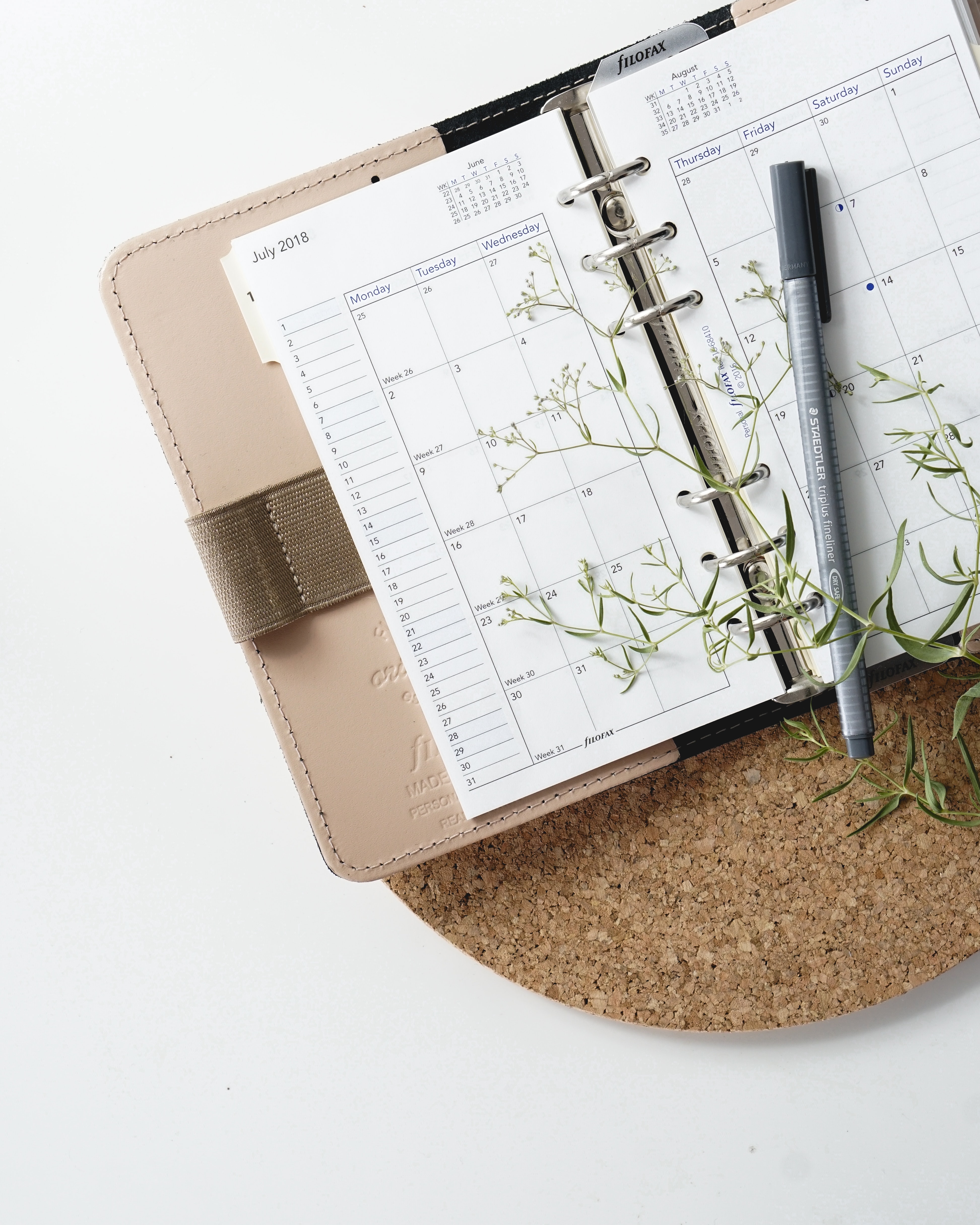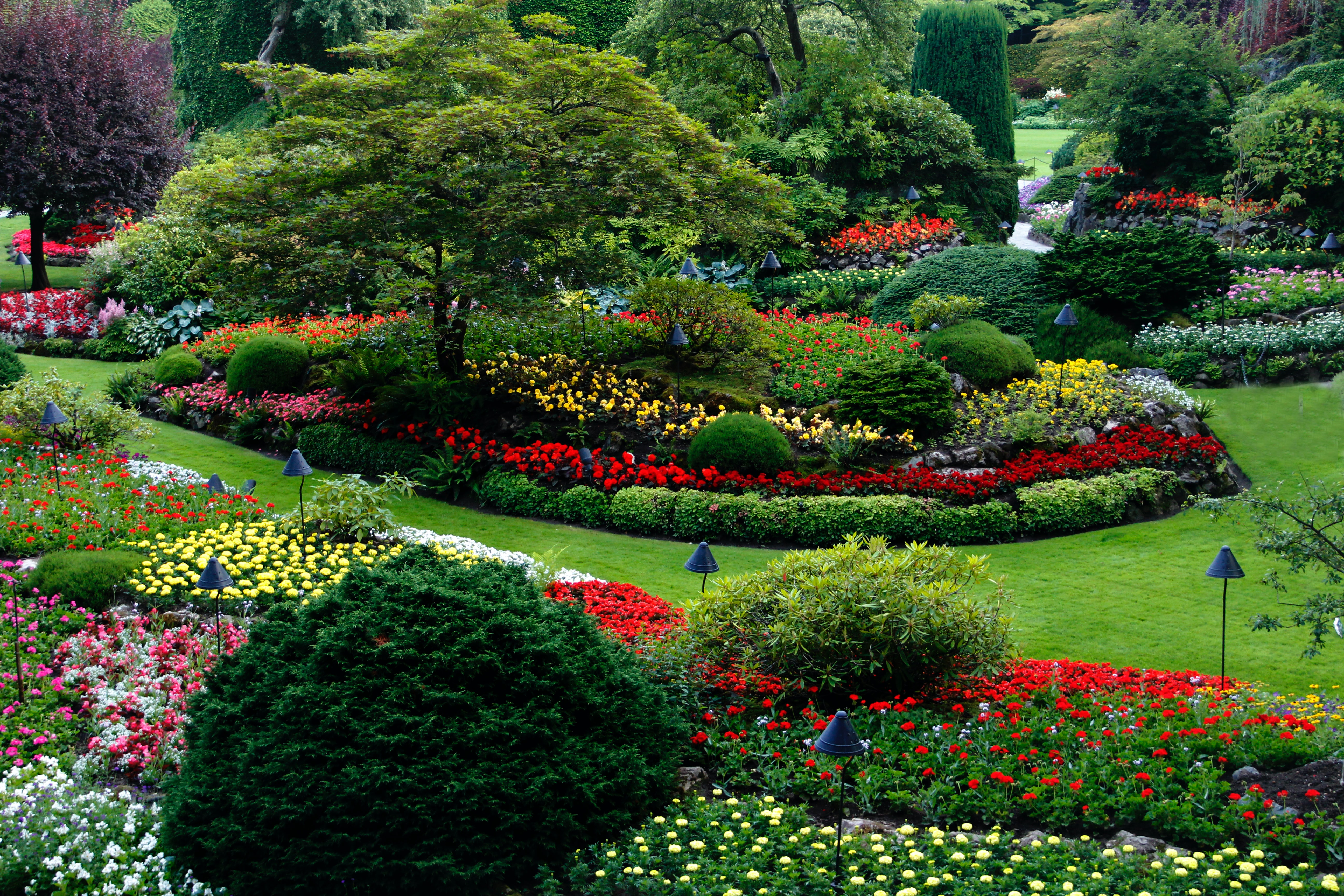Published: Sep 1, 2021 by Mia
Let’s first talk about types of gardens. This is important for several reasons as it will dictate the level of maintenance, the formality and your overall costs.
Vegetable garden - This is one of the more maintenance heavy and complicated gardens but also one of the most rewarding gardens. You will need to amend the soil before you begin, plan the planting and harvest time to ensure maximum yield, keep wildlife out of your garden and make sure it stays watered and insect free. Once the plants mature you will have nature’s bounty at your fingertips for things like herbs, broccoli, beans, peppers and tomatoes. As an added bonus (and additional work), you can learn how to dry fresh herbs and can fresh vegetables for use after the growing season. There is nothing quite like your fresh “canned tomatoes and string beans” from the summer with a meal in the winter. Quite different from canned vegetables from the grocery store. I will be writing up a separate blog in the near future devoted just to vegetable gardening.
Raised bed planters to ensure drainage and quality of soil
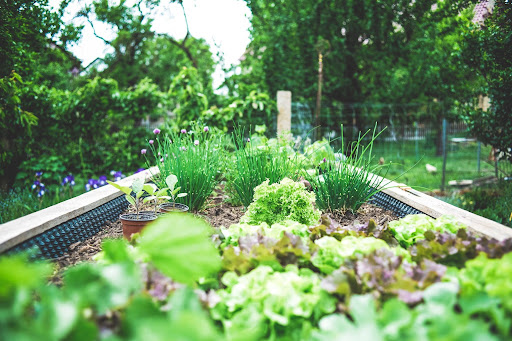
The Harvest
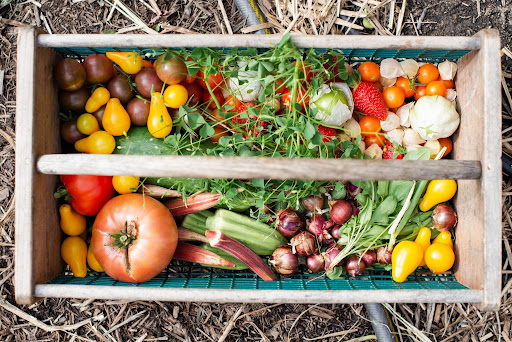
Annual garden - This garden requires the most work as it needs to be replanted every year. Annual flowers make up some of the most common and beautiful flowers (geraniums, petunias, marigolds, etc.) but the name “annual” informs you that they are normally expected to last just one growing season. During the fall or early winter the plant will normally die leaving behind stems and leaves to decay.. In late fall the garden will need to be completely cleaned out of the decaying matter to avoid mold and fungus or the soil can be “turned over” to work the dried parts into the soil providing aeration and allow it to break down further over the winter season. Next spring you would plant the area again. Gardeners often plant annuals for color throughout the summer, but it is usually just a small part of a larger garden, the front edging or perhaps a corner closest to the home’s main entrance.
Marigolds
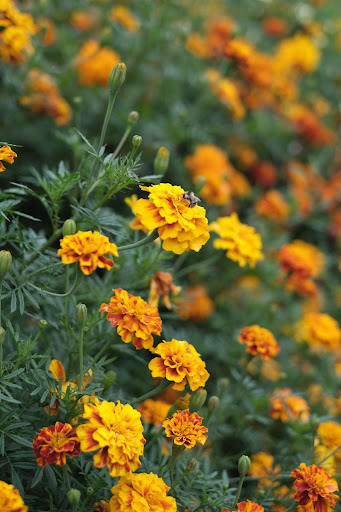
Petunias
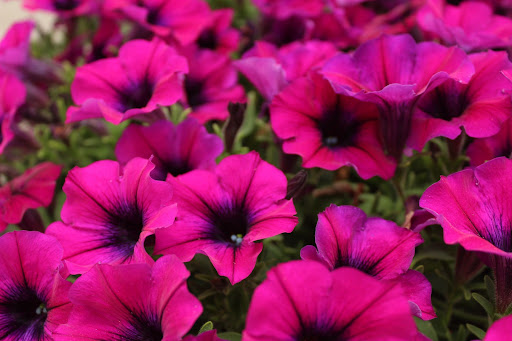
Perennial and Bulb Gardens - This is one of my favorite gardens. As the name suggests, a perennial is a plant that lives more than two years. Daffodils, tulips and daylilies are some of the recognizable bulbs and perennials. Both perennials and many bulbs come back each year in spring, summer or fall. I include perennials and bulbs together here because they are often planted together in gardens intended to flower year after year without replanting. They flower during a specific time of year then die off until the next year’s plant resurface and flower again.
This type of garden is the easiest to maintain but takes the most planning. You will need to read carefully and ensure whatever plants you select that your location is cold enough during the winter season. You will want to plan the bloom time and height of each type so that you have visible color all season. For example crocus and daffodils are some of the earliest to bloom, with tulips a little bit later and then in the summer hostas and daylilies start blooming. Each should be planted so that when they flower they are not hidden behind a taller perennial or bulb, so you would plan your garden to have a cascade of colors and planting. This can easily be accomplished by mapping out bloom times and heights on paper. The rewards far outweigh the planning because you “plan and plant once and enjoy indefinitely”.
Multiple varieties of tulips planted with other flowers
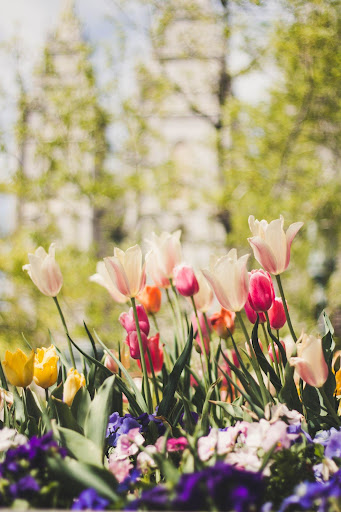
Cottage Garden - These are informal gardens that can consume a particular area or the entire yard right up to the house. They are often associated with English and old world gardening. Using a mixture of shrubs, annual flowers, perennials, roses and climbing plants, this type or garden has the least amount of maintenance. There is no order or form intended here, just a mass of flowers and planting intended for beauty and fragrance. This type of garden can be particularly good for wildlife including butterflies, hummingbirds and cover for many species of birds.
A word to the wise…. a cottage garden can go from freeform to overgrown, so look for non-invasive plants that can be kept in order. Certain ferns, vines and shrubs can go wild and take over the entire garden suffocating other plants in their wake.
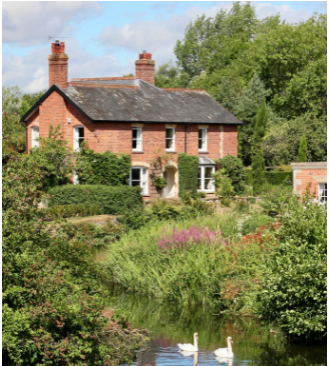
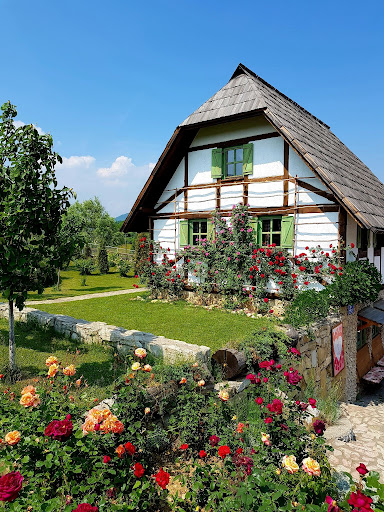
Container gardening - This type of gardening is a small venture into many of the gardens listed above. Containers (ground or hanging) are the perfect choice if you have only a balcony or small area off of your patio where there is room for plantings. You can use trellises in both large and small pots, combining vegetables, annual flowers, vines, and green foliage plants in the area you have available. Perennials and bulbs don’t do as well in containers because the soil in a container will get much colder than the soil in the ground. Unless you have a good irrigation system to provide water to each pot, you may need to water plants daily. In addition, you will need to pick ripe vegetables, remove any spent flowers (dead heading), cut back overgrowth and periodically check for pests to keep them healthy and vigorous. More than once I’ve had finches nest in a hanging planter in late spring which was a joy to watch for several weeks from my kitchen window. Just because you live in an apartment doesn’t mean you can’t enjoy fresh herbs, tomatoes, beautiful flowers and wildlife!
Mixed variety of flowers in a window box
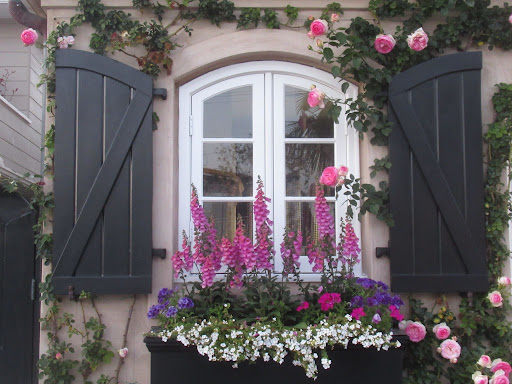
Geraniums
